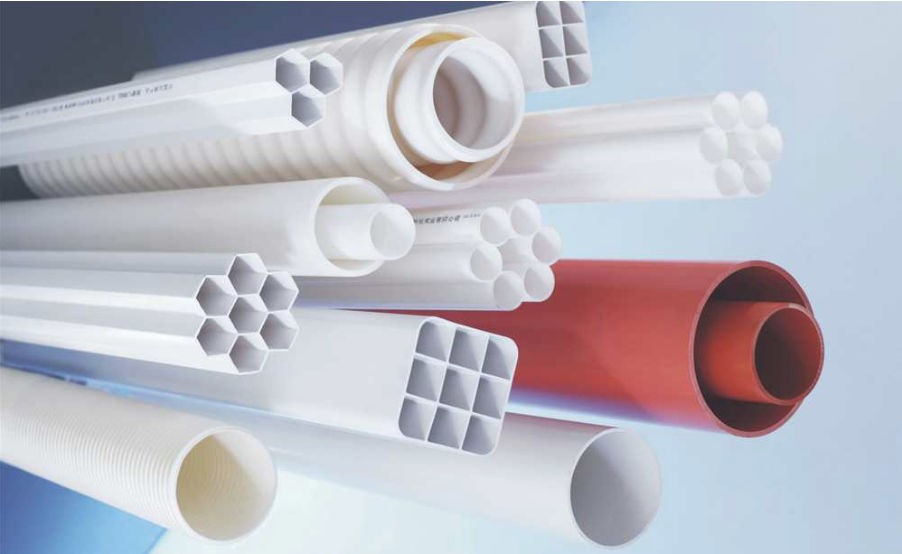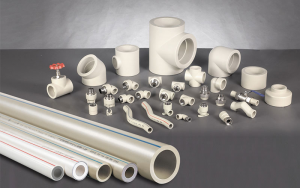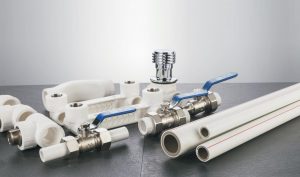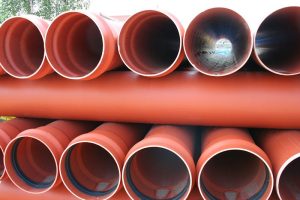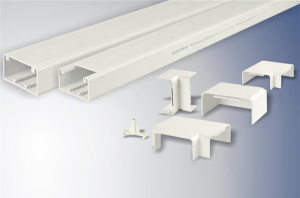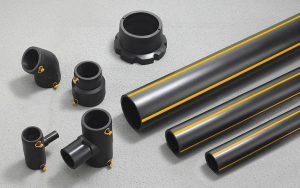In today’s world we rely on electricity and communication services daily but how much do we understand them? After all, we might know that electricity is carried by large wires but do we understand what an HDD conduit installation is?
Today we’ll take a look at the main uses for Electricity and Communication as well as some of the technology involved in them, particularly when it comes to piping. By the time we are done you’ll have a better grasp of these systems and the vital role of pipes in ensuring our way of life.
Common Electrical & Communications Systems Applications
Applications for Electricity and Communication systems can be most easily categorized by their function. The ultimate destination of these systems determines their unique needs and as such makes it the easiest way to group them. So let’s take a look at each application and its unique circumstances.
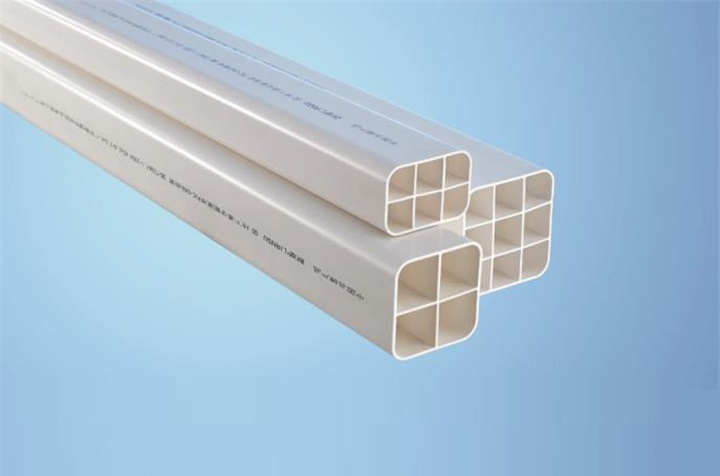

Commercial and Domestic lighting
Power communications for household use and small commerce are categorized together due to their relative simplicity. Cables that are used for transporting for houses and shops need protection. And wires inside the residence also must be protected.
Power lines are handled by distribution systems and can be seen in the form of the powerlines in our neighborhoods. Communication works somewhat differently, with copper lines going back to a phone box for signal distribution, Piping might be involved in this application but it’s not as prevalent.
Industrial Power
When it comes to industrial power generation or consumption the process changes considerably. Industrial work carries its own set of requirements and due to the intensity of these processes the safety regulations are much higher.
Piping systems become vital when dealing with industrial power due to the work conditions wires can be exposed to. A factory for example can have high levels of heat or even movement and this additional stress makes it essential to rely on pipes to protect every part of the installation. Piping systems in industrial work often have attachments and supports to withstand this high intensity and a such are made of highly durable materials.
Underground power supplies
When it comes to underground power supplies the very location demands the use of specialized piping to protect the system infrastructure. A poly pipe for electrical conduit is usually the first pick in these cases as the material does not cause any interference but helps protect from both the underground materials and any potential leaks.
Sub-Duct or Direct Burial
Sub-Duct and Direct Burial are terms that apply mostly to communication systems and particularly to fiber systems that provide internet or telephone services. Sub-Ducting refers to installing microducts with said fiber on an already underground pipe. In short the idea here is to install large ducts when a service is first being provided.
This allows for future fiber lines to be installed on the same duct and saves time and money for any other future lines that must be set up in the area.
Direct Burial on the other hand as the name implies refers to installing one of these cables on its own. With direct burial there’s no need to install a large duct first and this means that it can be a faster and less intrusive process.
However, in the case another fiber needs to be installed there’ll be no existing infrastructure to take advantage of. Regardless of the chosen method, proper piping in the form of a poly pipe for electrical conduit is vital for the safe operation of the system.
What Kind of Pipe Should We Use to Protect Power and Communications Applications?
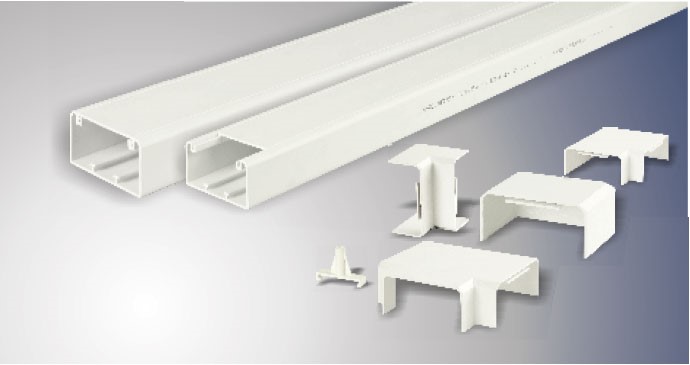

With so many unique needs and peculiarities it should come as no surprise that each application has a preferred pipe material. Not all pipes are built the same and choosing the right one for each task will guarantee the integrity of the entire system.
Of course, the brand quality matters too and that’s why we recommend LESSO’s power supply and telecommunications pipes. With over 30 years of experience in the area and affordable products that maintain a high-standard LESSO is always a good and safe investment for your projects.
HDPE
HDPE or high-density polyethylene is one of the best piping options in the market due to its durability. Its high strength-to-density ratio makes it one of the strongest plastic-based pipes you can use for electrical systems and its inherent resistance to corrosion and the elements make it hard to beat. Projects that require underground piping should default to HDPE pipes when possible as the amount of protection it grants is largely unmatched.
PVC
PVC counts with its advantages that make it a reliable option in the long run. A lower density makes it overall much lighter than HDPE. On top of that PVC on its own is still fairly resistant and can be used for insulated installations just like HDPE. PVC is overall easier to install and considerably more affordable which makes it a popular pick for systems that won’t be as exposed to the elements or potential accidents.
PE
PE pipes are generally used for communication systems as their insulation capabilities aren’t as impressive by comparison to the above options. Nonetheless, as the lighter and more affordable counterpart to HDPE there are still many benefits to relying on a PE pipe for communication lines. PE ducts are still fairly durable and particularly stiff meaning that it’s a material that isn’t likely to warp.
While not as resistant as its High-Density counterpart PE still is perfectly able to handle corrosion, water, and external electrical phenomenon. It’s simple but reliable and if you don’t expect your communication lines to be under heavy risk you’ll almost always default to PE:
In a few words
To ensure the wellbeing and prolonged service of any system the lines that power it must be properly protected. That’s ultimately the main purpose of piping and why such a simple material is so vital to the overall functioning of our daily lives. Piping isn’t complex, but it’s vital so always make sure to make an informed purchase and to rely on high-quality brands like LESSO.
Recommend Reading
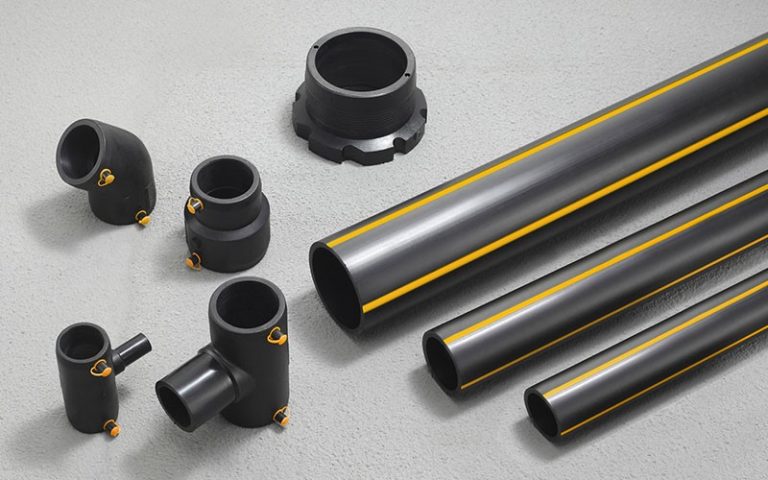

Gas Piping: A Simple Definition
The gas system in your building is crucial to your safety and the safety of other occupants. Having a high-quality gas piping system ensures both
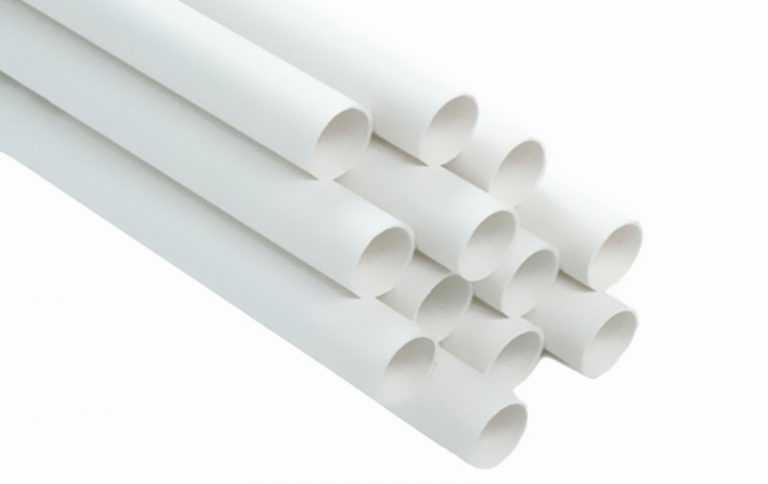

Everything You Need to Know About PVC Pipes
The third-most widely used synthetic polymer, PVC, is manufactured and used at the rate of 40 million tons a year worldwide. Its main application is


